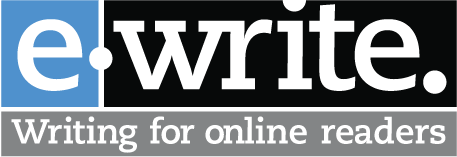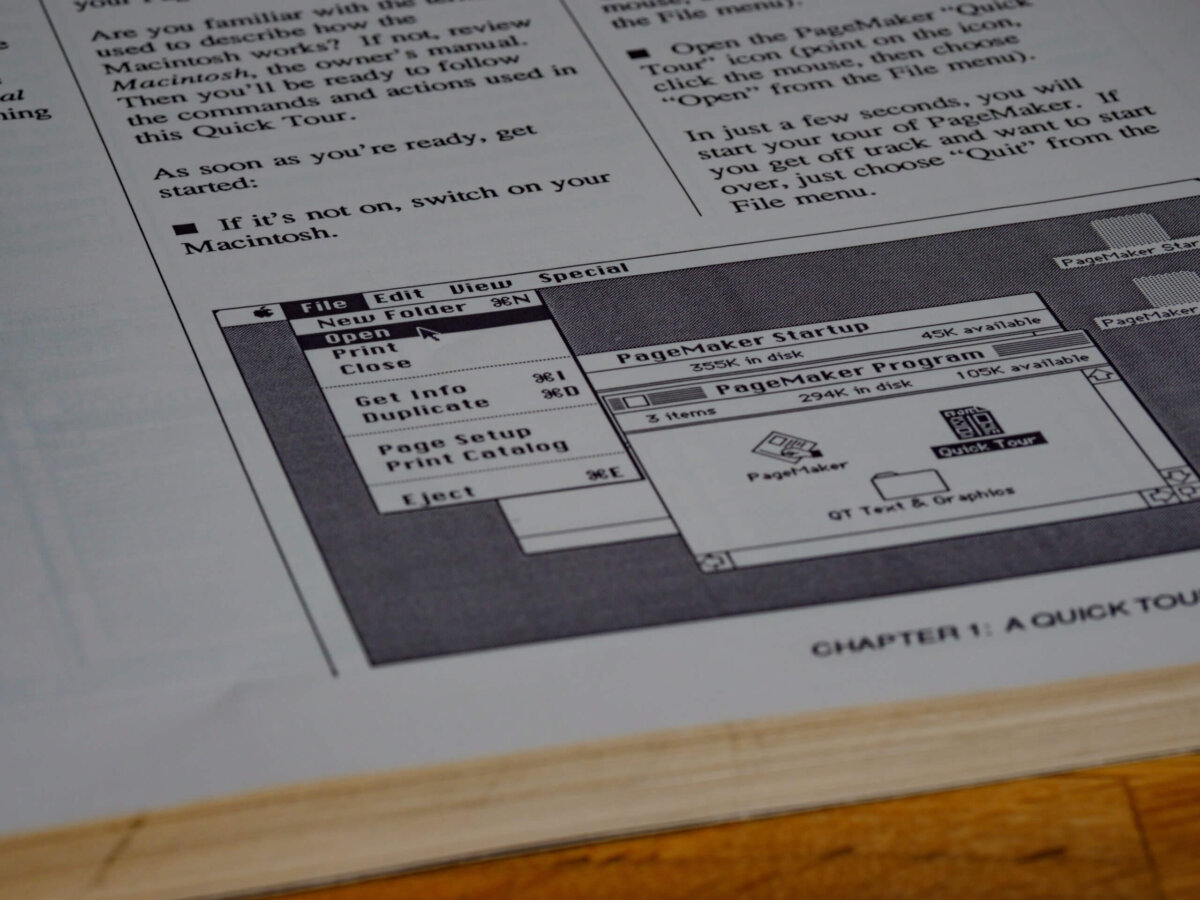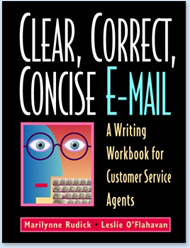Many thanks to the folks at PlainLanguage.gov who have just updated their Federal Plain Language Guidelines and published them at their site. I'm so excited about this wonderful resource that I'm presenting the entire Table of Contents here so you can easily click through. You can also download the Guidelines (PDF). I hope you'll use these Guidelines to nurture clear writing in your organization or to help you develop a style guide of your own.
Federal Plain Language Guidelines
- Think about your audience
- Organize
- Write your document
- Write for the web
- Test







0 Comments